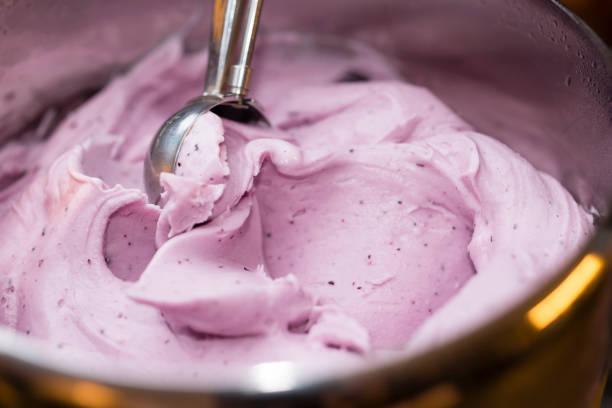Artisanal ice cream—hand‑crafted in small batches with premium, natural ingredients—has captured global attention for its unique flavor profiles and health-conscious appeal. As demand surges, how it reaches consumers via distribution channels is increasingly shaping the competitive landscape.
Key Trends in Distribution Channels
According to Wantstats, the specialty stores segment accounted for the largest share of global artisanal ice cream sales in 2018 and is projected to reach approximately USD 3,016.4 million by 2025 (from USD 2,032.96 million in 2018). Specialty stores remain consumers’ go-to for quality, authenticity, and store‑expertise.
However, the "Others" segment—which includes food service channels, direct‑to‑consumer platforms, cafés, and on‑premise destinations—is emerging as the fastest-growing distribution channel, expected to grow at a CAGR of \~6.34% from 2019 to 2025.
Complementing this, broader industry analyses highlight that hypermarkets and supermarkets hold a commanding share as well—about 39.2% in 2024—thanks to their mass reach, convenience, and promotion power.
Why This Matters
- Premium appeal requires premium placement. Specialty stores contribute to brand prestige and willingness to pay.
- Mass distribution drives volume. Large-format retailers offer scale, variety, and impulse purchase opportunity.
- Experiential channels are reshaping engagement. Cafés, festival pop-ups, and online ordering allow brands to forge direct emotional connections with consumers.
Growth Outlook & Implications
Recent market research underscores the artisanal ice cream industry's healthy momentum:
The global artisanal segment was estimated at around USD 7.12 billion in 2023, with projected growth to USD 10.98 billion by 2030, representing a CAGR of 6.6% between 2024–2030.
An alternative estimate from Fact.MR places the 2025 value at USD 6.4 billion, expanding to USD 11.6 billion by 2035, at CAGR \~6.1%.
These numbers hint at strong consumer appetite and scaling opportunities—particularly as distribution networks diversify.
Strategic Takeaways for Brands and Investors
Educational presence in specialty stores is essential: it showcases flavor stories, artisanal credentials, and caters to niche or health-focused buyers.
Retail partnerships in supermarkets/hypermarkets broaden reach—critical for brands scaling beyond local or regional scope.
Building direct‑to‑consumer infrastructure (online delivery, event pop‑ups, café tie‑ups) taps into experiential demand and cultivates loyalty.
Innovative channels like vegan cafés, boutique hotels, and food festivals can rapidly boost visibility and capture younger, trend‑driven consumers.
In Summary
The global artisanal ice cream market is expanding at CAGR 5–7% across recent forecasts, with specialty stores currently leading distribution share, while hypermarkets/supermarkets offer scale and accessibility, and other channels are emerging fastest. The growth of direct‑to‑consumer and experiential models presents new pathways for authentic brand engagement. For makers and investors alike, balancing premium placement with broader reach is key to success in this flavorful segment.

